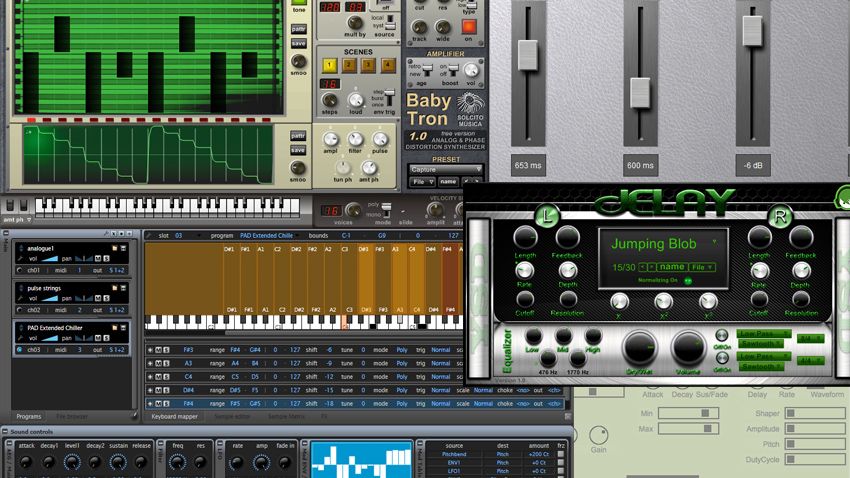
The gist of it is that the Noise generator excites the Resonators which react to the pitch you play.
#Expressive e touche se list of software how to
Let’s untangle the rest… How to make a noise Granted, this is a very rudimentary understanding for such a highly sophisticated synth. For starters, think of the noise module and resonators 1-2-3 as your oscillator section and use the rest of the modules to mangle the output. It’s all quite easy to follow, which means the only thing stopping you from making a bunch of noise from the get-go may be the synth’s bespoke architecture. The controls are labelled in big, bold letters. The interface is an assembly of pre-wired modules resembling colourful gadgets (something between stompboxes, Eurorack modules, and Ableton processors). In laying it out, Expressive E went for the same understated polish that imbues its hardware. Synths like Noisy can get real complex, real quick.

Noisy was designed to generate highly playable, multidimensional sounds, whose textures and articulations can be easily combined and manipulated. Here, we’ll be having a look at the Noisy synth from Expressive E, where physical modelling and subtractive synthesis are entwined into a highly musical and expressive sound design playground.Ī hybrid between physical modelling and subtractive synthesis, Noisy uses the principles of acoustic resonance to bring life to both electronic and acoustic sounds. Meanwhile, Expressive E’s software pursuits are just as compelling, even though we have at least 5 of each plug-in there is and ever will be. Its osmose and touché performance controllers are the exact opposite of derivative in a market where it’s sometimes difficult to tell products apart. This would be flat-out wrong for someone as dead-set on forging its own path as Expressive E. While Arturia is a great big brother to have, it means having to live in its shadow. That’s both requirements met for qualifying as Arturia’s little brother. Expressive E is two things: French and forward-looking.


 0 kommentar(er)
0 kommentar(er)
